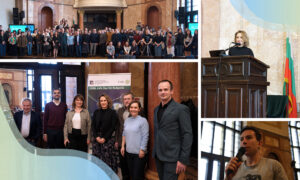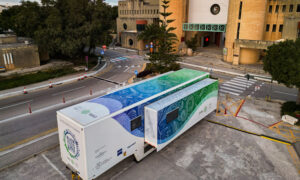
Celebrating science in Grenoble
A look back at EMBL Grenoble’s activities in the 2022 edition of the science outreach event Parvis des Sciences
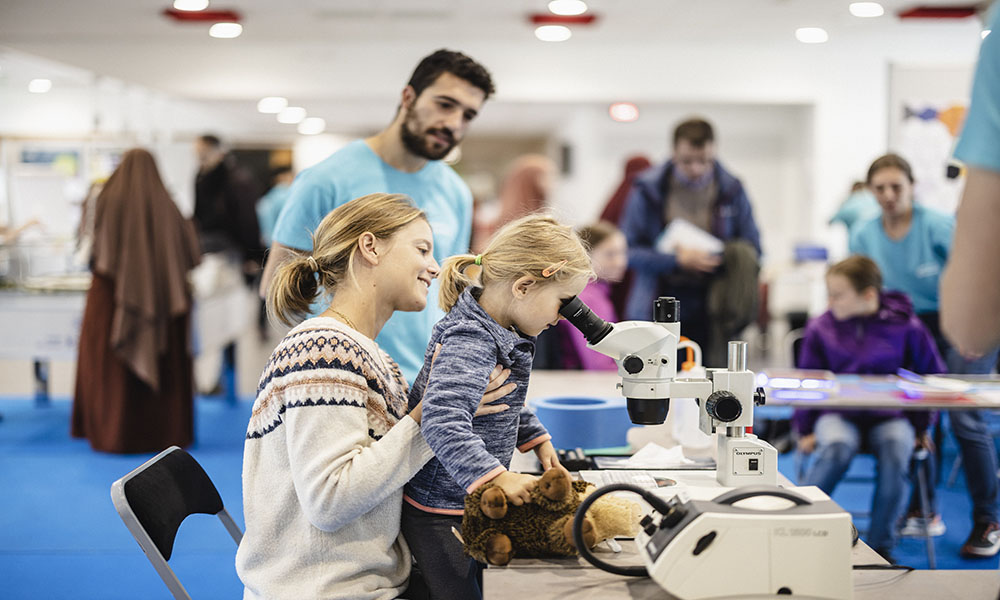
In October 2022, EMBL Grenoble participated in the annual science outreach event Parvis des Sciences, organised by the GIANT campus under the umbrella of the French science week – La Fête de la science. This was an excellent opportunity to introduce EMBL Grenoble’s activities to the general public.
EMBL Grenoble’s scientists perform fundamental research and develop state-of-the-art instrumentation, methods, and services in structural biology. This field of molecular biology focuses on elucidating at atomic scale the three-dimensional structure of molecules like proteins or enzymes.
Molecules are the building blocks of life and at the heart of biological processes. Knowing their structure is important information to better understand their specific functions in cells as well as the development of diseases. Structural biologists can provide information to identify genetic diseases caused by malfunctioning molecules, or study the molecular mechanism of infectious diseases caused by pathogens like viruses or parasites.
Fête de la science 2022: ‘Climate change: attenuation and adaptation’
Each year, the French Ministry for Higher Education and Research selects a specific focus for La Fête de la science. This year’s edition aimed to highlight how science can support attenuating and adapting to the impact of climate change.
EMBL Grenoble’s research in structural infection biology aligns closely with this theme, particularly in areas such as tackling tropical diseases like ‘sleeping sickness’ caused by the Trypanosoma brucei parasite, or in studying infectious pathogens with the ‘One Health’ approach. Climate change and the resulting loss of biodiversity could result in the spread of such infectious diseases to other areas.
Some of EMBL Grenoble’s activities for the public therefore focused on highlighting how researchers try to better understand the effects of human activity on the environment, and how structural biology can help in this endeavour. These activities were presented at a shared booth with its EPN campus partners, the European Synchrotron Radiation Facility and the Institut Laue Langevin.
While younger children enjoyed a craft activity based on EMBL-EBI and Protein Data Bank educational resources, older ones were introduced to the topic of protein structure determination. Using a specific example of EMBL Grenoble’s research, the activity highlighted Trypanosoma brucei and human cap-binding complexes. The latter are in charge of sorting RNA information to decide whether it would be kept or degraded, and are therefore potential drug targets.
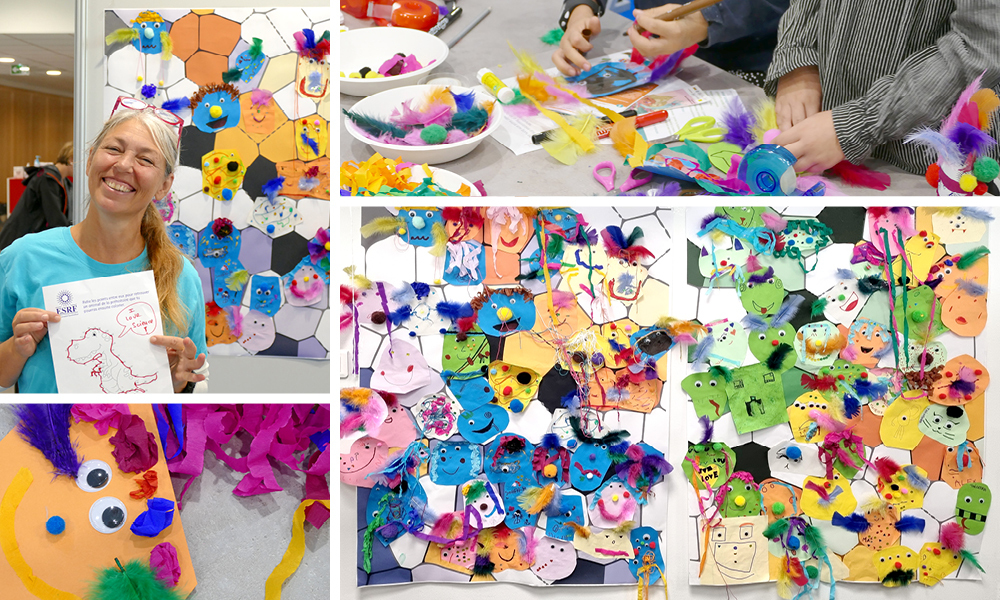
A successful event
Participants also enjoyed EMBL Grenoble’s star activity – fishing for crystallised proteins on plates while looking at them through a microscope. Not an easy task, as it requires focus, precision, and patience. Crystallisation of proteins is a technique used in structural biology for structure determination using powerful X-rays generated by synchrotrons, like the ESRF.
Participants also used an ultraviolet light transilluminator to explore the technique of fluorescence microscopy. This is a useful technique to isolate and see specific molecules within our body, like proteins.
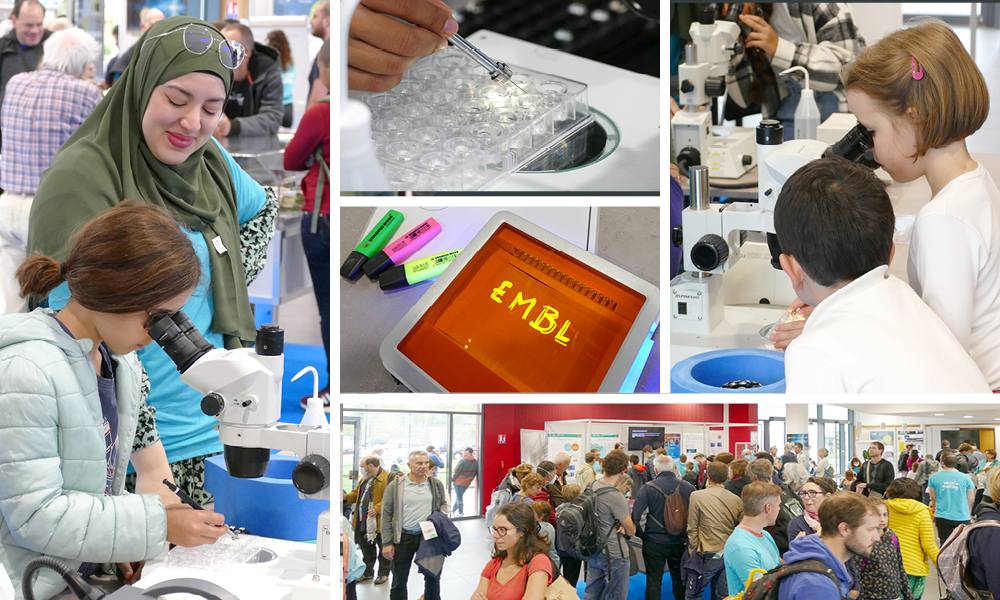
With a total of 1,225 visitors on Saturday and a crowded booth at peak hours, Parvis des Sciences was once again a success. After two years of exclusively virtual offerings, it was a rewarding experience for many to share EMBL’s science with so many attendees. Special thanks go to all EMBL staff who helped design these activities and shared their enthusiasm for science on this special day!

